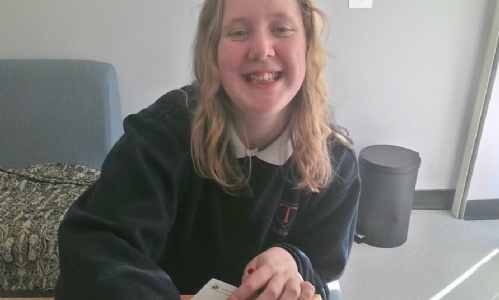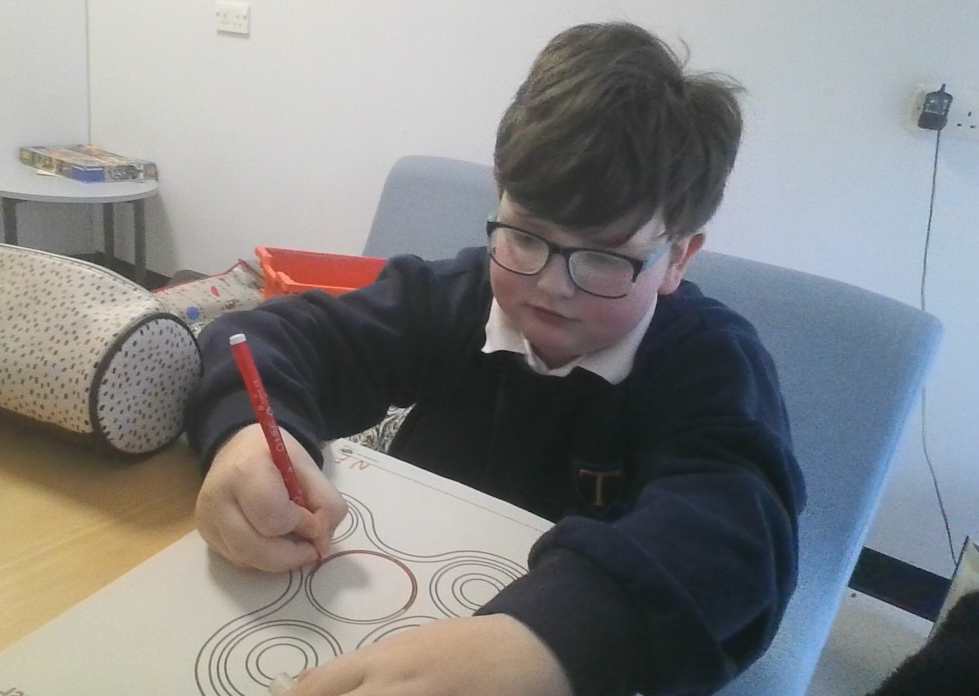Designing Fidget Spinners

Miss Martin has been speaking to learners this week about what helps them when they feel stressed or angry. Many learners said that having a fidget toy helps them to regulate their emotions. Some very creative learners even had a go at designing their own fidget spinner!
 Fidgeting—or small movements of restlessness— can be common if people suffer with anxiety. Fidgeting has been thought to be a coping mechanism for the body to promote stimulant release and increase focus in people with attention disorders.
Fidgeting—or small movements of restlessness— can be common if people suffer with anxiety. Fidgeting has been thought to be a coping mechanism for the body to promote stimulant release and increase focus in people with attention disorders.
Fidget toys can help. Designed to increase focus while alleviating other, more distracting habits, fidget toys give your hands something to do so the mind can effectively redirect its attention, and when needed, relax.
Learners may fidget or make small movements when they are feeling anxious, restless, impatient or nervous. Fidget toys give these movements an outlet, which can help calm a person’s nerves and relieve stress.
Some examples of fidget toys include; fidget spinners, fidget cubes, putty and blue-tac. Here in school, we have a range of fidget toys for learners to utilise.


